It’s easy to get caught up in the flood of food advice and age-old adages about eating that get passed down through generations. But how many of these so-called “facts” actually hold water? We’re putting some of the most common food myths under the microscope to see if they really stack up scientifically.
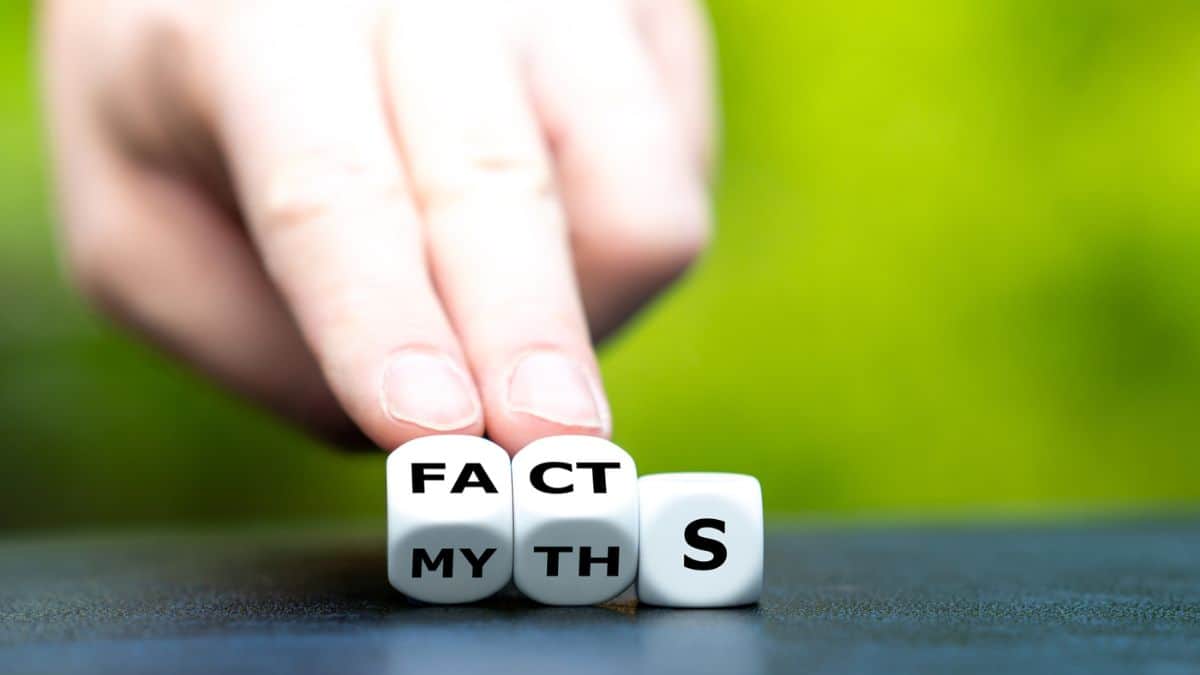
You Shouldn’t Put Cheese on Seafood
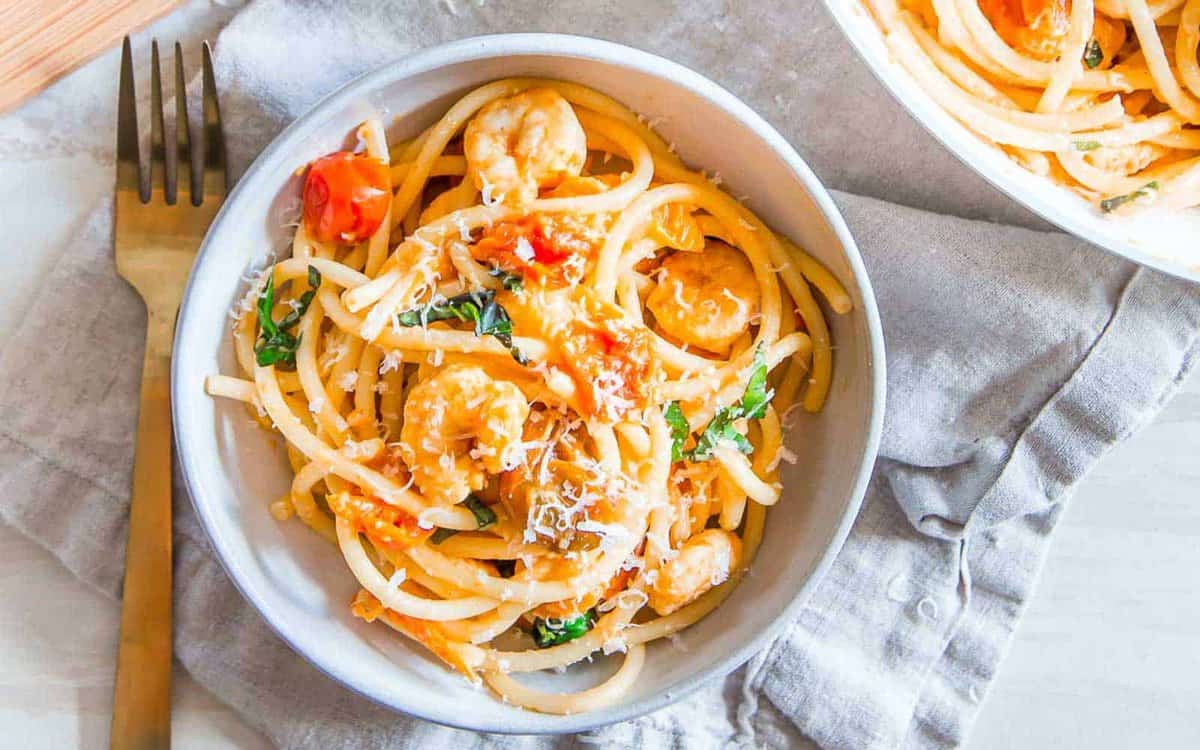
This myth likely stems from Italian culinary traditions, but there’s no food safety or health reason to avoid this pairing. Cheeses like feta and Parmesan can enhance seafood dishes without any negative health impacts. It’s more about personal taste than a dietary guideline
Limiting Fruit to 1 Piece Per Day

While fruits contain sugars, they’re also packed with vitamins, minerals, and fiber, which are beneficial for health. The American Heart Association suggests that the fiber in fruit can help to prevent heart disease, while its antioxidants fight free radicals.
Raw Veggies are Healthier than Cooked Ones
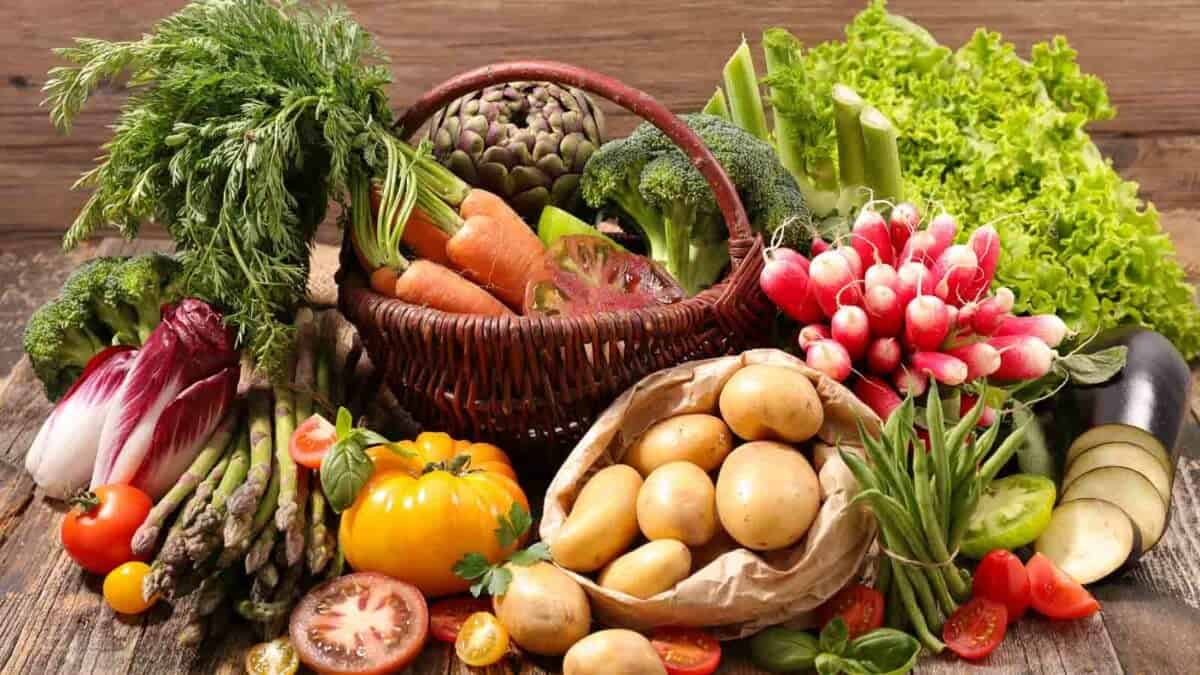
The common belief that raw vegetables are always healthier than cooked ones oversimplifies nutrition science. It’s true that cooking can lead to the loss of some nutrients, especially water-soluble vitamins like vitamins B and C, which are sensitive to heat. However, cooking vegetables can also make certain beneficial compounds more absorbable by the body.
Don’t Eat Before Exercising

Eating a small, well-balanced snack 30 to 60 minutes before working out can significantly enhance your performance, offering a quick energy boost that makes your exercise more effective. Things like a glass of chocolate milk, toast with peanut butter or a granola bar can be great pre-workout snacks.
Weight Loss is Entirely About Calories In vs. Calories Out
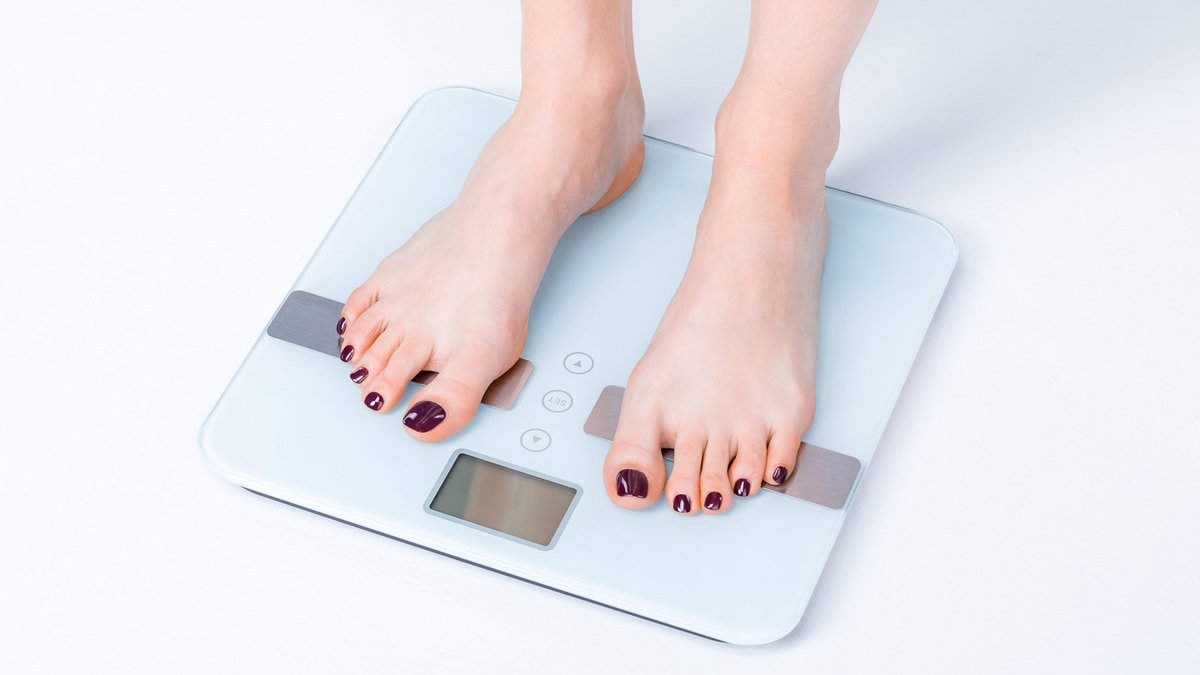
While calorie balance plays a significant role in weight loss, hormonal imbalances, metabolic health, and genetic factors also significantly impact weight management. Research indicates that the quality of calories consumed affects metabolism and satiety differently. For instance, protein can increase the thermic effect of food and promote satiety more than carbs or fat
Salt is Bad for You
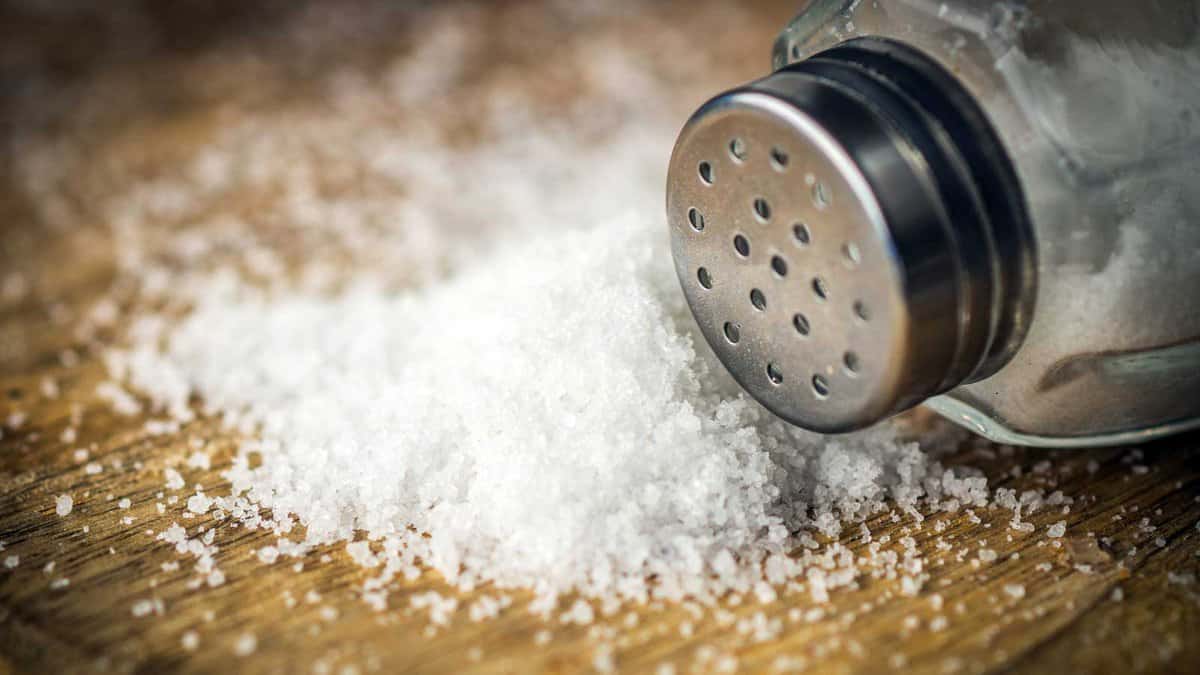
While excessive salt intake can lead to hypertension and cardiovascular disease, salt is essential for bodily functions, such as fluid balance and nerve transmission. The American Heart Association recommends no more than 2,300 milligrams a day, moving toward an ideal limit of 1,500 mg per day for most adults. Moderation is key, as some individuals may be more salt-sensitive than others.
Intermittent Fasting Works For Everyone
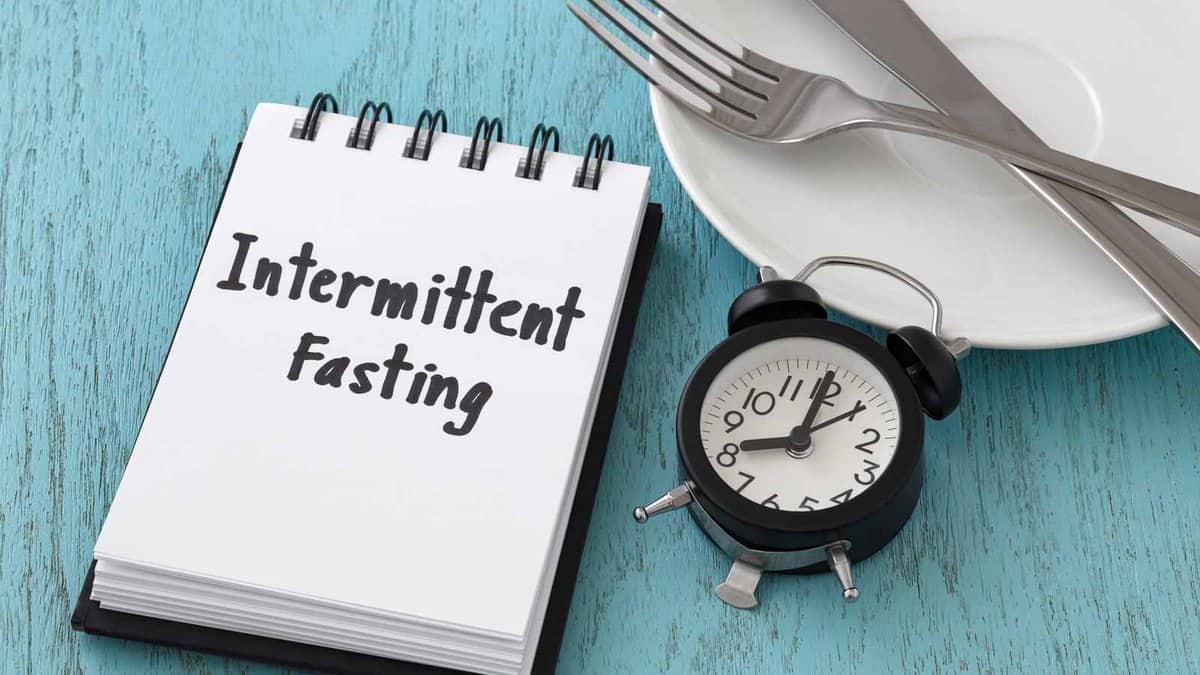
Intermittent fasting can offer health benefits, including weight loss and improved metabolic health, but it’s not suitable for everyone. Factors such as lifestyle, medical conditions, and personal preferences can influence its effectiveness. Studies suggest its benefits may vary even from man to woman, and it can be less effective or even detrimental for certain people, highlighting the importance of personalized dietary approaches
Eat Every 3 Hours to Keep Your Metabolism High

The idea that eating frequently boosts metabolism is a myth. Research shows that meal frequency does not significantly affect metabolic rates. What’s more important is the total caloric intake and nutrient composition of those meals. Some studies suggest that fewer, larger meals may be more beneficial for weight control and metabolic health than smaller, more frequent meals
Fatty Foods Will Give You a Heart Attack
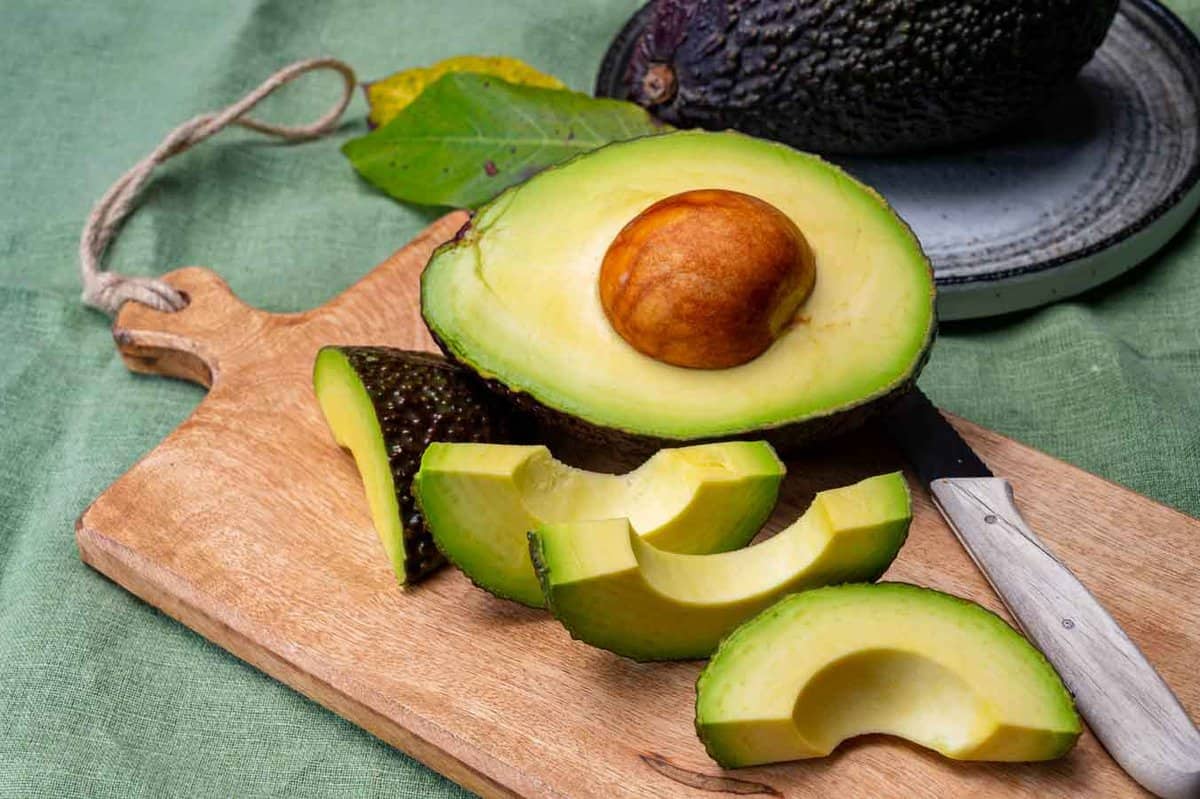
Not all fats are created equal. Trans fats and some saturated fats can increase heart disease risk, but monounsaturated and polyunsaturated fats, found in avocados, nuts, and fish, are heart-healthy. Research has shown that diets high in these healthy fats can reduce the risk of heart disease and stroke. The key is to focus on the type of fat rather than eliminating all fats from your diet like previously poorly done studies have stated.
Breakfast is the Most Important Meal of the Day
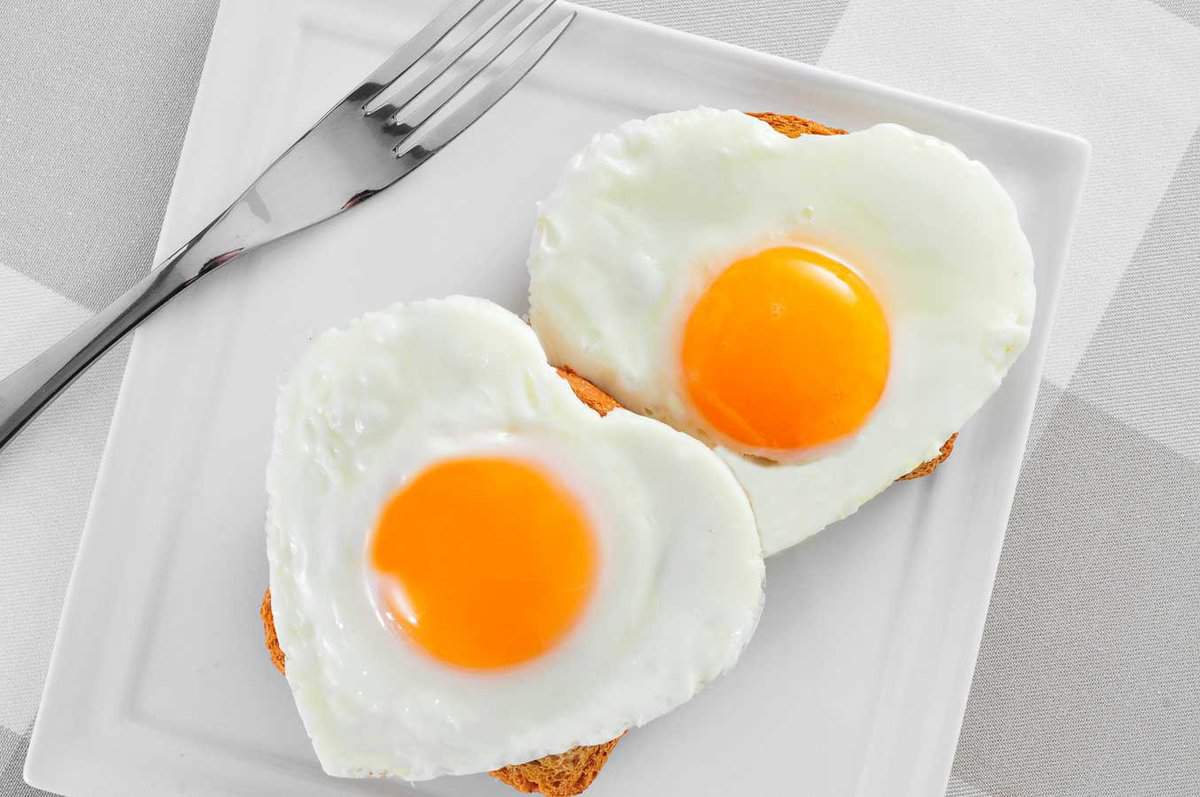
This statement is overly simplistic. While a nutritious breakfast can help with concentration and energy levels, the overall quality and quantity of what you eat throughout the day are more crucial for health. Some people thrive on skipping breakfast, indicating that individual dietary needs and preferences play a significant role in whether or not breakfast is essential for them
Finish Everything on Your Plate!

The directive “Finish everything on your plate!” aims to prevent waste and ensure nourishment but can lead to overeating by overshadowing our natural hunger and fullness signals. Nutritionists recommend mindful eating, encouraging individuals to heed their body’s cues for hunger and satiety.
Microwaving Kills Nutrients in Food

This myth is not only widespread but also deeply misleading. Many assume that the microwave’s use of radiation in cooking somehow deteriorates the nutritional content of food, but this isn’t the case. In fact, microwaving is one of the best methods to preserve nutrients. The quick cooking times and minimal use of water significantly reduce nutrient loss compared to other methods like boiling or long baking.
11 Simple Snacks for Better Blood Sugar Control
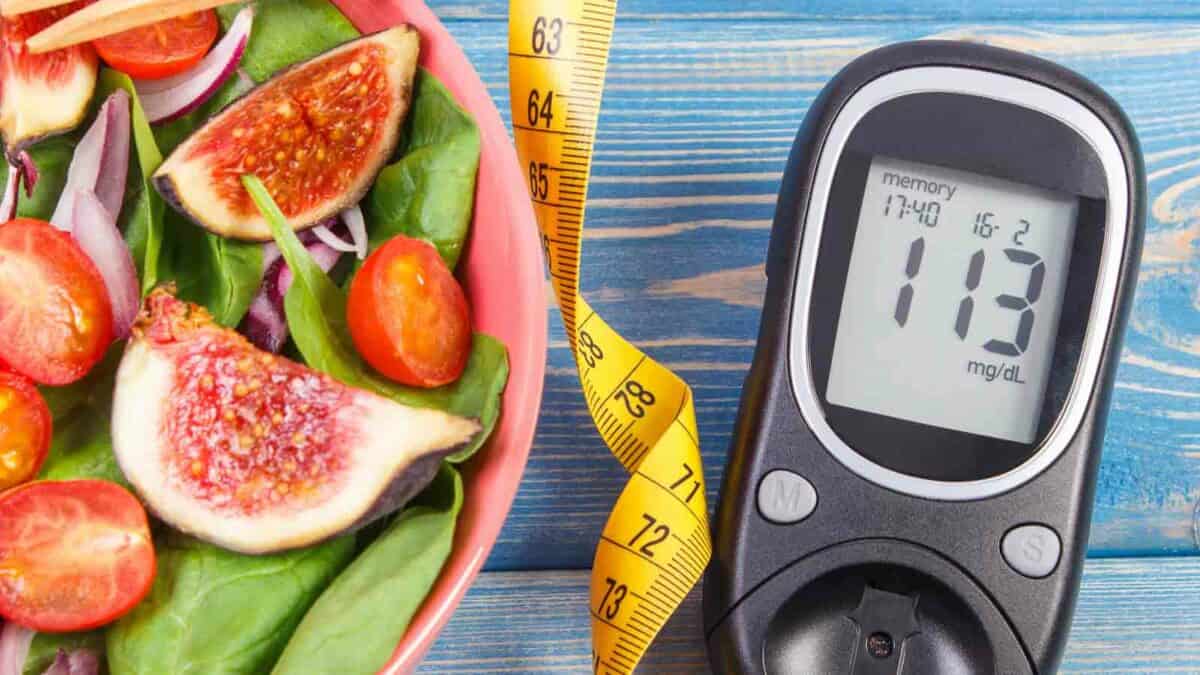
Keeping your blood sugar in check doesn’t mean you have to skimp on snacking. In fact, the right snacks can be your secret weapon in maintaining those levels while still satisfying those mid-day cravings. Pairing up the good stuff—fiber, proteins, and healthy fats—can help to keep blood sugar steady. These snack ideas are as delicious as they are smart for your health.
Read it Here: 11 Simple Snacks for Better Blood Sugar Control
Here’s What I Did To Lose 15 Pounds And Finally See My Abs

A few years ago, after being a CrossFit junkie for 4 years at the time, I decided on a goal: I wanted to finally see my abs and look how I felt I should’ve for the amount of time I spent in the gym. As a mid-30s woman who already ate well and considered myself healthy, it was an interesting journey to see what it took to actually achieve this goal. Here were the things that made the most difference. Spoiler alert: there’s no magic pill.
Read it Here: Here’s What I Did To Lose 15 Pounds And Finally See My Abs
12 Foods To Eat If You Want To Look Younger

We all want that secret recipe for looking younger. Well, it turns out, it’s not just about what you put on your skin, but what you put in your body too. From the creamy avocados on your toast to the dark chocolate you snack on after dinner, some foods have the power to give your skin that youthful glow we’re all chasing. Here’s a list of foods that are not only delicious but can also help you look and feel a bit more vibrant.
Read it Here: 12 Foods To Eat If You Want To Look Younger
Select images provided by Depositphotos.
Gina Matsoukas is an AP syndicated writer. She is the founder, photographer and recipe developer of Running to the Kitchen — a food website focused on providing healthy, wholesome recipes using fresh and seasonal ingredients. Her work has been featured in numerous media outlets both digital and print, including MSN, Huffington post, Buzzfeed, Women’s Health and Food Network.








